
Low-Carb Diet for Beginners: How to Get Started Without Feeling Overwhelmed
Adopting a low-carb diet can be a life-changing decision for improving energy, managing weight, reducing cravings, and supporting overall health. But for beginners, the idea of cutting out staples like bread, rice, and sugary snacks can feel intimidating. With so much conflicting advice and unfamiliar foods, many people hesitate to begin or quit early out of confusion. Fortunately, getting started doesn't have to be overwhelming. With a clear understanding of the basics and a few simple strategies, transitioning into low-carb eating can become second nature.
A low-carb diet limits the intake of foods high in carbohydrates—especially refined sugars and grains—and emphasizes protein, healthy fats, and fiber-rich vegetables. This dietary shift helps stabilize blood sugar, lower insulin levels, and support fat metabolism, making it especially helpful for those with weight issues, type 2 diabetes, metabolic syndrome, or constant energy crashes.

Why Carbohydrates Become a Problem
Carbohydrates are the body’s preferred energy source, but excess consumption—especially from refined or sugary sources—can lead to several health issues over time:
-
Insulin resistance: Constantly high blood sugar prompts the pancreas to produce more insulin, which over time leads to cells becoming resistant.
-
Fat accumulation: High insulin levels promote fat storage, particularly around the abdomen.
-
Cravings and energy crashes: Simple carbs digest quickly, causing blood sugar spikes followed by crashes that lead to fatigue and hunger.
-
Inflammation: Processed carbs and sugars contribute to systemic inflammation, which is a root cause of many chronic diseases.
Symptoms That May Improve on a Low-Carb Diet
|
Symptom |
Possible Cause |
Low-Carb Benefit |
|---|---|---|
|
Frequent hunger and cravings |
Blood sugar fluctuations |
Stable energy from fats and proteins |
|
Afternoon fatigue |
Sugar crash or poor insulin response |
Balanced blood sugar throughout the day |
|
Brain fog |
Glucose dependency |
Improved focus from ketone production |
|
Bloating and indigestion |
High intake of refined carbs |
Cleaner digestion with whole low-carb foods |
|
Weight gain around belly |
High insulin levels |
Fat burning triggered by lower insulin |
Common Myths That Confuse Beginners
Many beginners hesitate due to common myths that make the low-carb approach sound restrictive or unhealthy:
-
“You need carbs for energy.” While carbs provide quick energy, the body can adapt to using fat and ketones as a more stable source.
-
“Low-carb means no carbs.” It simply reduces high-carb and processed foods, not all carbs. Vegetables, nuts, and even berries are part of the plan.
-
“You’ll miss out on nutrients.” Whole low-carb foods are rich in vitamins, minerals, and antioxidants.
-
“It’s just another fad.” Low-carb diets have been used therapeutically for decades and are supported by research for metabolic health.
Step-by-Step Guide to Starting a Low-Carb Diet
Making small, consistent changes rather than drastic restrictions helps make the transition manageable and sustainable.
-
Clear out high-carb temptations
Remove sugary snacks, soft drinks, pastries, chips, and white bread from your kitchen to reduce the urge to backtrack. -
Stock up on low-carb essentials
Fill your pantry and fridge with low-carb vegetables (spinach, zucchini, cauliflower), healthy fats (olive oil, nuts, ghee), quality proteins (eggs, paneer, fish), and herbs/spices. -
Start slow
Begin by reducing carbs at one meal per day, such as switching breakfast from toast to eggs with avocado. Gradually reduce rice, bread, and sugary drinks. -
Plan simple meals
Keep meal planning uncomplicated. Combine a protein source, a low-carb vegetable, and a healthy fat for each meal. -
Stay hydrated
Carbohydrate reduction causes the body to lose water initially. Drink water regularly and include electrolytes like salt, potassium, and magnesium. -
Expect an adjustment phase
Temporary fatigue, headaches, or irritability—known as the “low-carb flu”—may occur during the first week. These symptoms fade as the body adapts. -
Listen to your body
Eat when hungry and stop when satisfied. Cravings usually decrease within a few days of consistent low-carb eating. -
Track your meals if needed
Logging your meals for the first week can help you understand your carb intake and see where adjustments may be needed.
Sample One-Day Beginner Low-Carb Meal Plan
|
Meal |
Food Ideas |
|---|---|
|
Breakfast |
Omelette with cheese and spinach, black coffee or herbal tea |
|
Lunch |
Grilled chicken with sautéed zucchini and ghee |
|
Snack |
Handful of almonds or roasted sunflower seeds |
|
Dinner |
Paneer stir-fry with bell peppers and coconut oil |
|
Drinks |
Water, lemon water, unsweetened green tea |
New Habits That Support Low-Carb Success
Adopting a low-carb diet is easier when combined with lifestyle habits that reinforce consistency and well-being:
-
Cook at home often: This gives better control over ingredients and portion sizes.
-
Practice mindful eating: Focus on your meal without distractions and eat slowly to tune in to hunger cues.
-
Get regular movement: Even short walks after meals can improve blood sugar control.
-
Set realistic goals: Focus on how you feel—more energy, better sleep, fewer cravings—not just the scale.
-
Join a support group: Connecting with others who are on the same path can provide motivation and meal ideas.
When to Seek Guidance
Some individuals benefit from professional guidance when starting a low-carb plan, especially those with:
-
Diabetes or prediabetes
-
PCOS or hormonal imbalances
-
Thyroid disorders
-
History of disordered eating
-
Digestive issues or chronic inflammation
Consulting a doctor or registered dietitian can ensure that your low-carb plan is safe, balanced, and personalized.

Foods to Watch Out For (Even If They Seem Healthy)
Many foods marketed as healthy or “low-fat” may still be high in sugar or carbs. Always check labels.
-
Flavored yogurt: Often contains added sugar
-
Fruit juices and smoothies: High in natural sugars without fiber
-
Whole grain breads or crackers: Still high in carbs, even if labeled “whole”
-
Granola bars: Typically packed with sugar and syrups
-
Vegetable chips: Fried and often starchy
Summary
Starting a low-carb diet doesn’t have to be complicated or overwhelming. With simple adjustments, clear goals, and the right mindset, it’s possible to transition smoothly and start enjoying more energy, fewer cravings, and better health. Focus on whole, nourishing foods and make gradual changes that feel sustainable.
Lofoods makes low-carb living easier with wholesome, clean, and convenient food options that support beginners and long-term low-carb eaters alike. The journey to better health begins with the right food—and every bite counts.
This Blog post is an initiative by Lo! Foods, to provide accurate and Nutritionist / Doctor approved information related to Health. Lo! Foods is India's leading brand for Everyday Functional Foods. Foods designed for specific Health conditions or Needs. Lo! Foods also runs India's largest range of Low Carb Healthy Cloud Kitchens, under the brand names of Lo!, ProteinChef, ATH (All Things Healthy) and DiabeSmart.



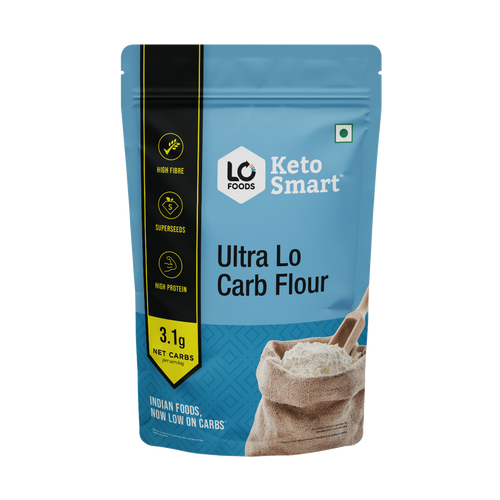
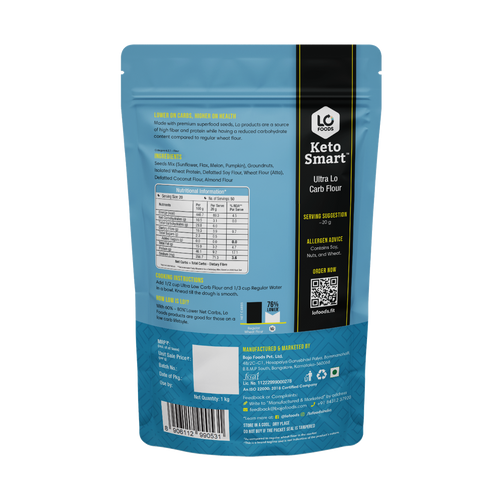

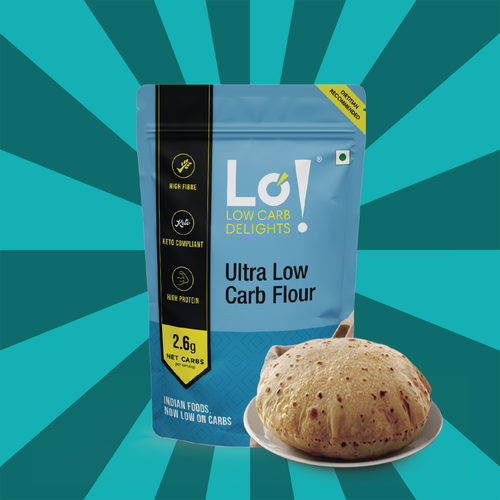




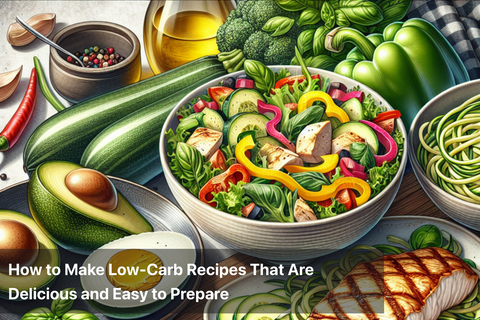

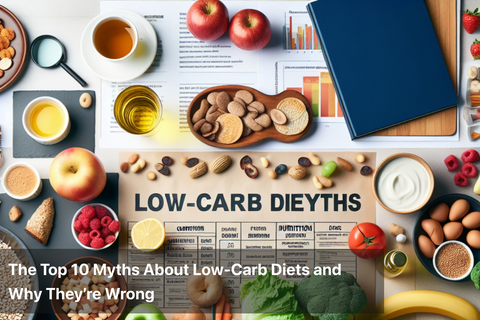

Leave a comment
Your email address will not be published.